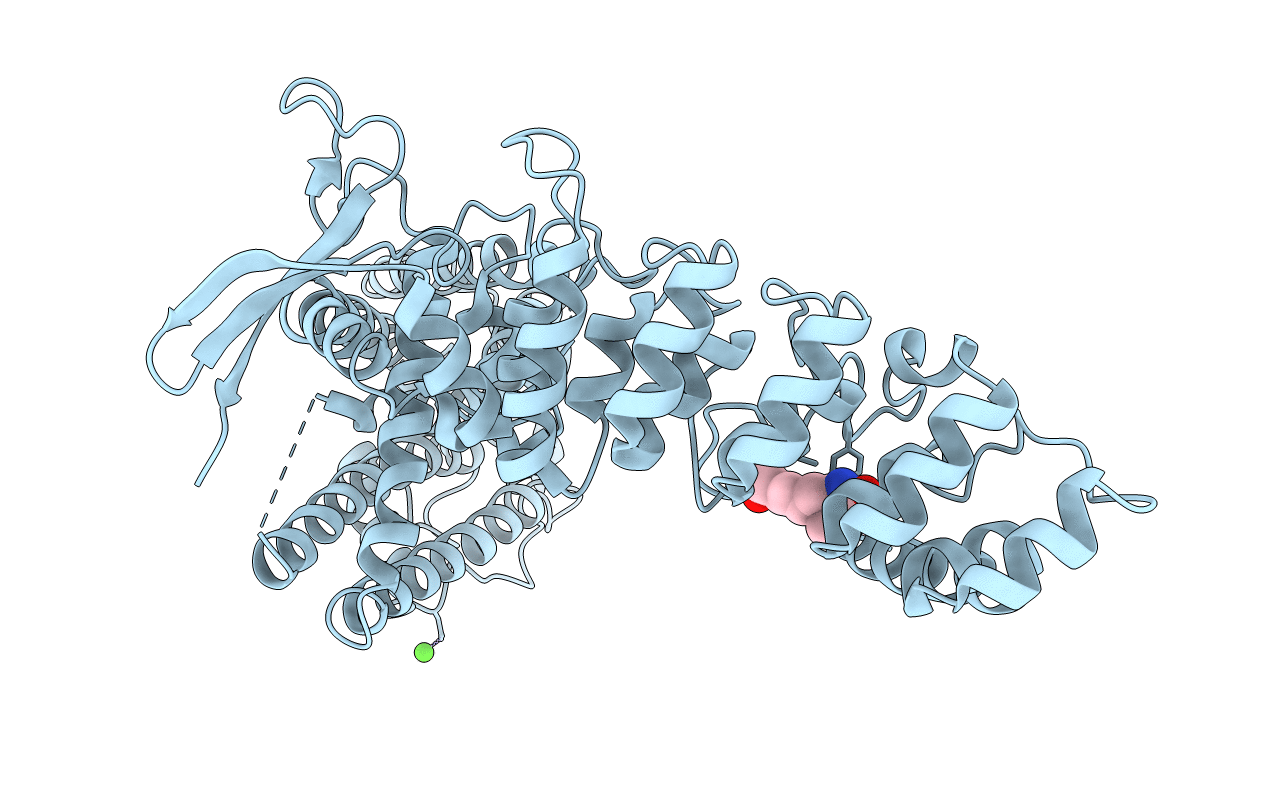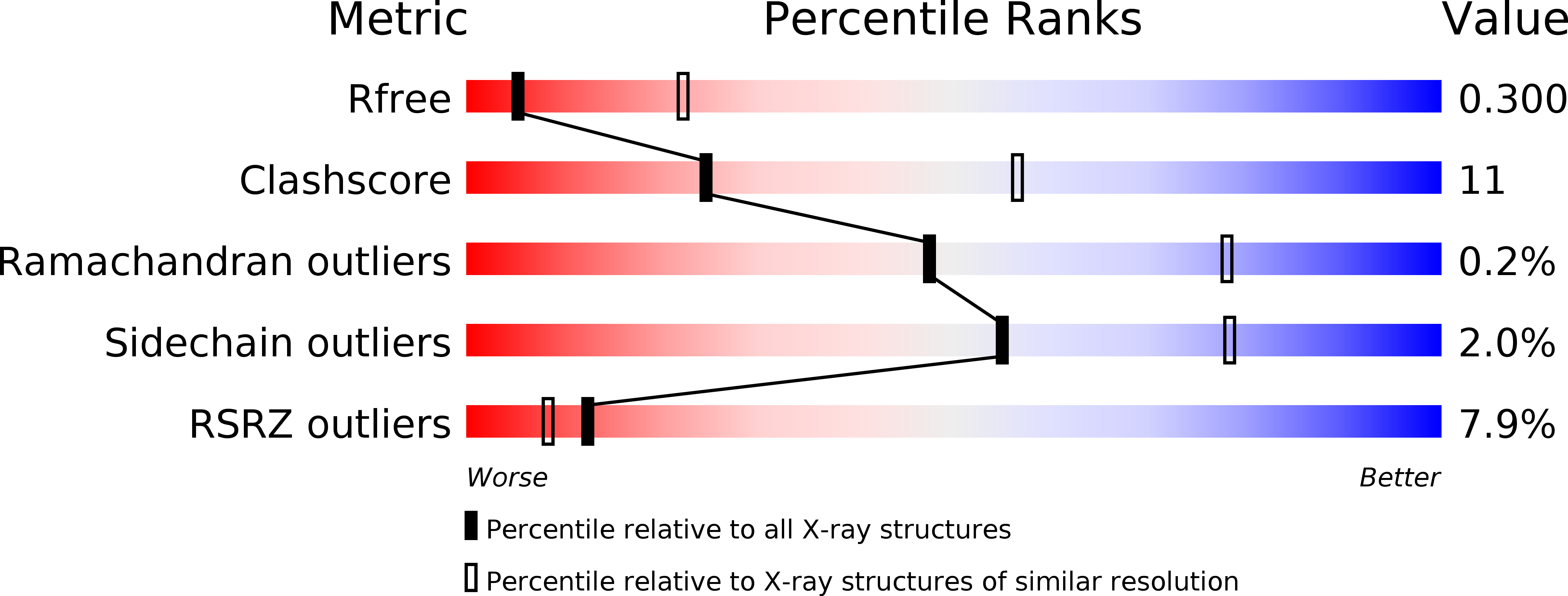
Deposition Date
2016-03-22
Release Date
2016-06-15
Last Version Date
2023-09-27
Entry Detail
PDB ID:
5IWK
Keywords:
Title:
Structure of Transient Receptor Potential (TRP) channel TRPV6
Biological Source:
Source Organism:
Rattus norvegicus (Taxon ID: 10116)
Host Organism:
Method Details:
Experimental Method:
Resolution:
3.25 Å
R-Value Free:
0.28
R-Value Work:
0.26
R-Value Observed:
0.26
Space Group:
P 4 21 2


